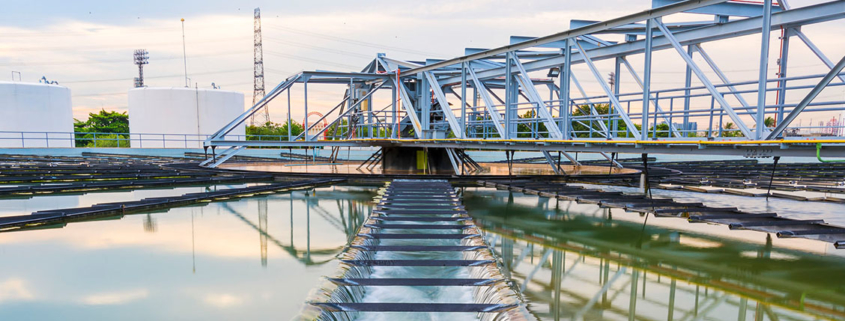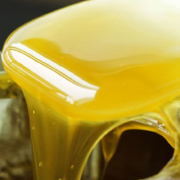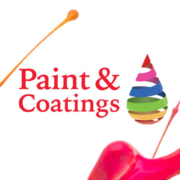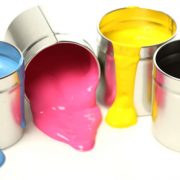Types of waste in the paint and related products industry
Growing environmental awareness together with existing regulations on the subject leads to investments and adaptations being made to production processes of paint and related products in order to meet requirements.
Taking into account the environmental hazards and the types of waste generated in the industry, it is essential to be able to make strategic decisions that lead to the optimisation of production and the reduction in its environmental impact. This will lead to a more sustainable and environmentally friendly industry.
In this article we will undertake a quick review of these aspects, taking into account existing solutions in terms of paint manufacturing machinery and facilities.
Environmental hazards in the paint industry
The production process for paint and ink printing manufacturing involves the mixing of different substances that end up as the final product. This mixture does not require chemical reactions, but is produced mechanically, resulting in a reduction of environmental hazards in the production process.
Even so, some of the substances involved in the process are flammable. If gases, vapours, mist or suspended dust particles are generated in the manufacturing process, the fire hazard due to explosion is quite high, and can affect the factory environment. One way to avoid this environmental hazard, as seen in our article on Dispervac, is the incorporation of solids by vacuum in the production process.
Other clearly identified hazards include:
- Spillages and discharges of raw material or finished product due to leaks or breakages in piping, tanks or containers during the manufacturing or storage process. For which it is essential to perform periodic maintenance of the facilities.
- Spillages in material loading and unloading processes.
- Pouring of process wastewater.
- Among others.
In the case of the manufacturing of other paint-related products, such as resins, the process does involve chemical reactions of the substances that it is composed of. Therefore, the environmental hazards in their manufacturing are similar to those derived from the chemical industry.
Types of waste in the paint industry
Creating a record of the types of waste, amount, periodicity, destination and cost of waste helps goals to be set for the reduction of waste generated.
Types of waste
Three types of waste can be distinguished according to their nature: solid, liquid and gaseous (or atmospheric emissions).
Liquid waste
The main liquid waste generated in paint manufacturing processes are the product of the cleaning phase of the equipment used in production.
This waste generally presents high levels of COD (chemical oxygen demand), due to the presence of organic substances used such as solvents, preservatives, styrene, acetones, benzenes, phenols, etc. In addition, product waste contains heavy metal residues that come from the pigments used.
The processing of liquid waste generated by the paint industry requires specific technology for its correct management in accordance with environmental regulations. Therefore, the reduction in the amount of such waste leads to less management and its derived cost savings.
To have a pipe cleaning system that optimises the pipe cleaning processes significantly reduces the amount of liquid waste in the factory.
Solid waste
The generation of solid waste occurs mainly at the paint manufacturing stages:
- during dispersion: the resulting solid waste includes the containers that contain the pigments or the powder pigments themselves,
- filling: paint containers with manufacturing defects, filters that are used, lids in poor condition or with defects…
- the transport of fluids: which can generate hardened residues of concentrated product. The latter can be avoided thanks to cleaning systems such as Oliver + Batlle’s Pigging System, which makes full use of the manufactured product, thus reducing shrinkage.
Solid waste that can be generated can include adhesives, paper, plastic, wastewater treatment sludge, dust, paint waste, resins, etc.
Atmospheric emissions
The main atmospheric emissions to be considered in paint production include:
- Total suspended particulate matter (TSPM) that can pose a danger to factory employees. To learn more about particle size in paint manufacturing we suggest you read our article on grading.
- Volatile organic compounds (VOC).
The main sources of TSPM focus on processes in which manual handling and loading of pigments, bases, and fillings is performed…
As far as gases (VOC) are concerned, they are related to the vapour emissions of the solvents used in the process, such as turpentine or phenolic compounds or benzenes.
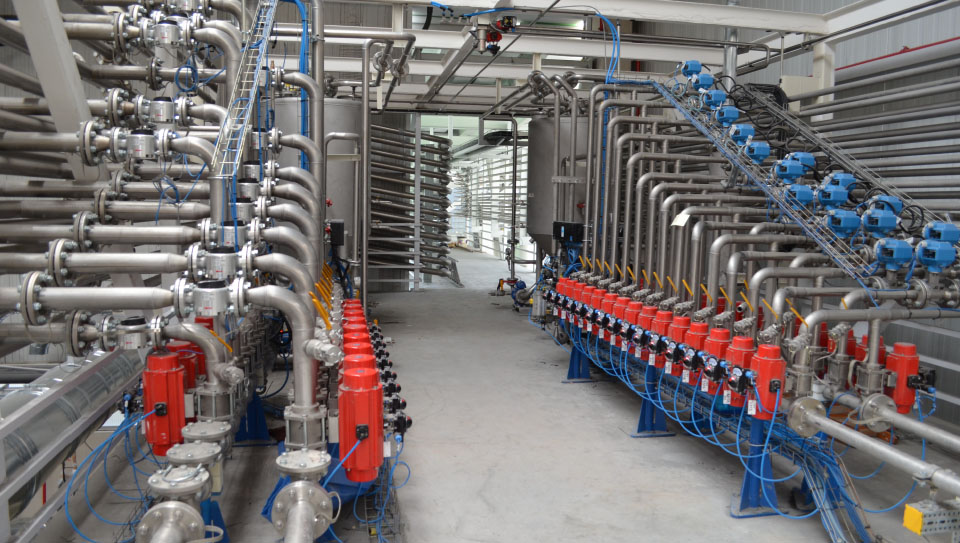
How can waste be reduced in the paint industry?
There are many actions that can be carried out to reduce the waste produced in paint manufacturing, although one of the most important is process optimisation. For this, it is essential to have equipment and facilities that minimise all types of waste. This, in turn, leads to other advantages, such as cost reduction, greater efficiency in the process and an improvement in the company’s image as a socially responsible company with its surroundings and the environment.
When acquiring paint manufacturing machinery, it is necessary to consider equipment that, with similar features, is more environmentally friendly, because it generates fewer emissions, waste and discharges.
On the other hand, by using less pollutant raw materials, creating products with an extended lifetime, recycling materials both within the manufacturing process and outside it in factories, etc., will contribute to good environmental management.
At Oliver + Batlle we would like to invite you to request more information about our paint manufacturing machinery and accessories for the automation of the production processes through the contact section.
Keep up to date with all our latest news on our LinkedIn profile.

